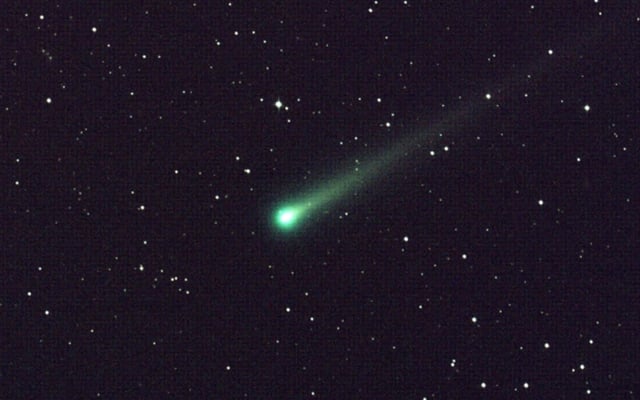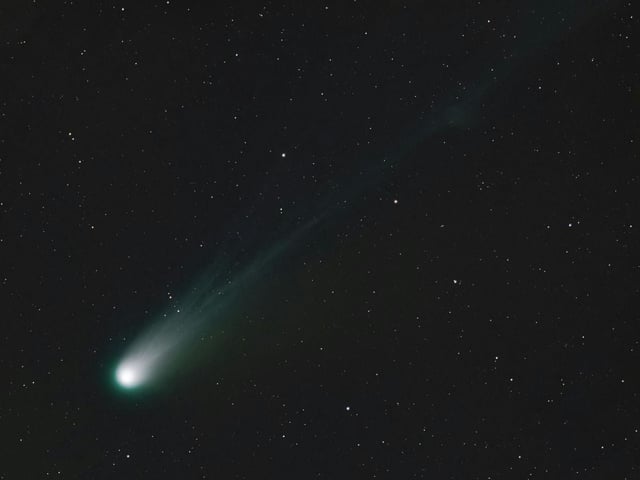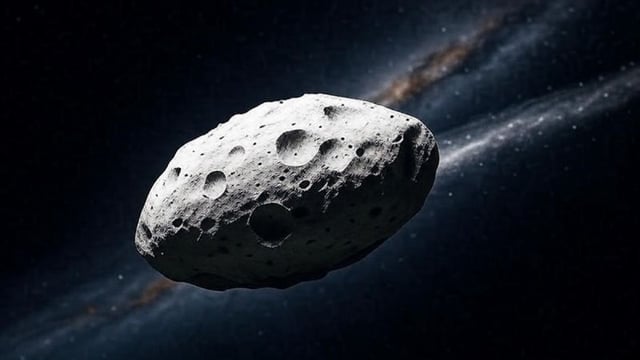Overview
- Between October 1 and 7, 3I/ATLAS passed about 30 million kilometers from Mars, where Mars Reconnaissance Orbiter, MAVEN, Mars Express, ExoMars Trace Gas Orbiter, the UAE’s Hope, and China’s Tianwen‑1 conducted coordinated observations.
- The comet brightened by roughly 40 times and displayed a coma with a sunward-pointing tail, reaching about magnitude +6.7 near closest approach to Mars on October 3.
- Hubble observations refined the nucleus size to roughly 0.6–5.6 kilometers, and NASA’s SPHEREx detected carbon dioxide in the coma, consistent with active cometary outgassing.
- NASA and ESA classify 3I/ATLAS as a natural comet and say it poses no risk to Earth, noting a perihelion around October 29–30 at ~1.4 AU and a closest Earth approach in December at ~1.8 AU.
- NASA highlighted that viral ‘cylindrical’ images were misidentified views of Mars’s moon Phobos, while processed data from Perseverance showed only a diffuse glow consistent with the comet’s distance, with further analysis expected and a reappearance in late November.



